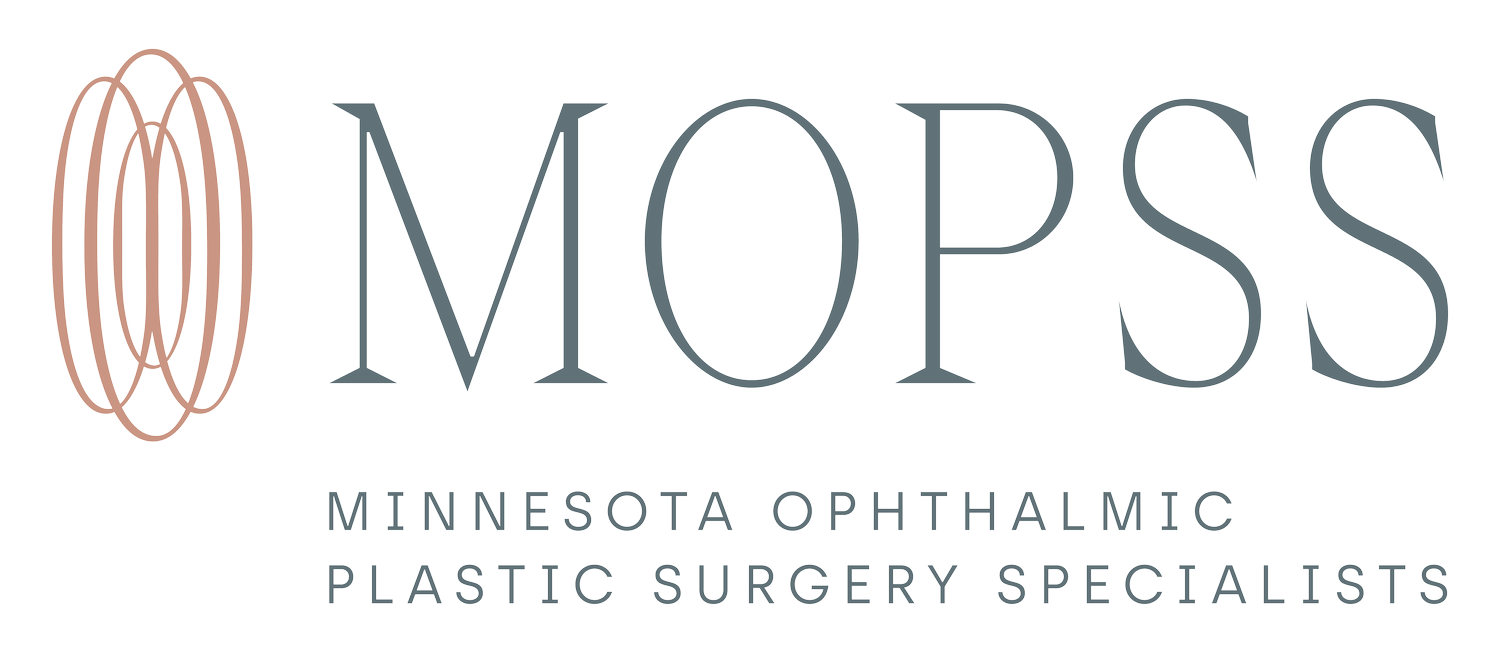Eyelids That Turn In or Out
(Ectropion/Entropion)
The primary function of the eyelids is to protect the eye itself. Aging, injury, infection, scars, certain tumors, and congenital anomalies can interfere with the eyelid’s ability to perform its function, leaving the cornea (the clear window on the surface of the eye) and conjunctiva (the white mucous membrane that protects the eye) vulnerable to injury and infection.
Entropion Repair (corrects eyelid turning in)
When the lower eyelid and eyelashes turn inward, lashes can rub against the cornea and conjunctiva causing irritation. Excessive tearing, a foreign-body sensation, crusting of the eyelid, mucus discharge, impaired vision, infection, and corneal scarring can result. It is important to have this condition repaired before permanent damage occurs to the eye. Depending upon the cause and severity, there are a number of surgical techniques for successfully managing entropion, including tightening of the eyelid. Occasionally, a scar excision and/or tissue graft or implant may be necessary.
Ectropion Repair (corrects eyelid turning out)
When an eyelid turns out or away from the eye, the cornea and conjunctiva may become exposed. The eyelid is no longer able to properly spread the tear film across the eye and the drainage of tears through the nasolacrimal (tear drainage) system may be interrupted. The exposed lining of the eyelid becomes dry and inflamed, eventually can become damaged. Artificial tears and lubricating ointments may be used to temporarily protect the eye. There are a variety of causes of ectropion. If the ectropion is due to laxity of the eyelid’s supporting structures, surgery can reposition the eyelid against the eye. Sometimes, a skin graft may be necessary, especially in cases of trauma or scarring of the skin.
